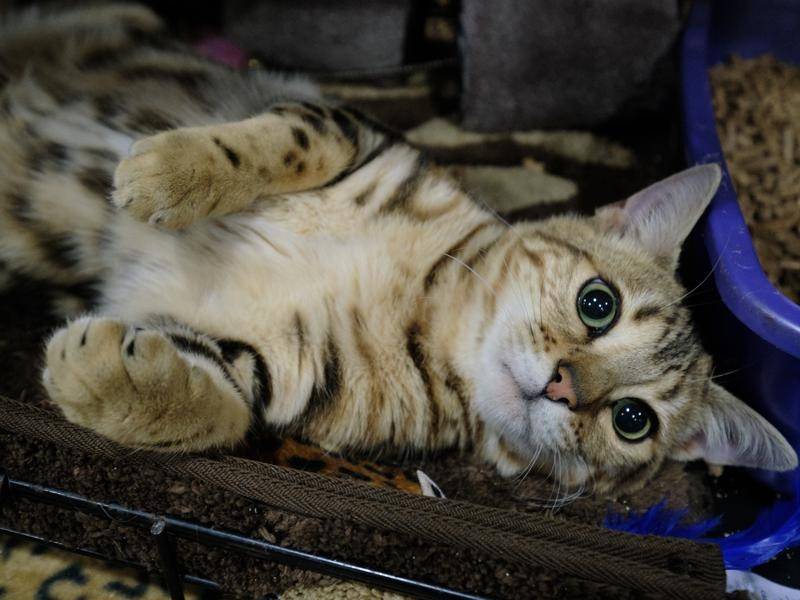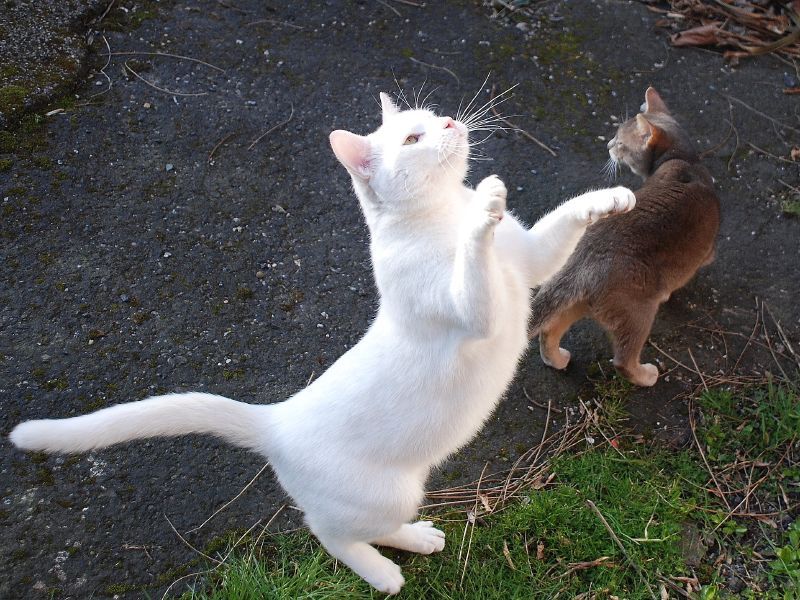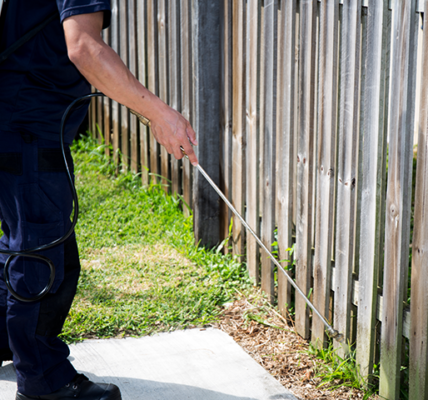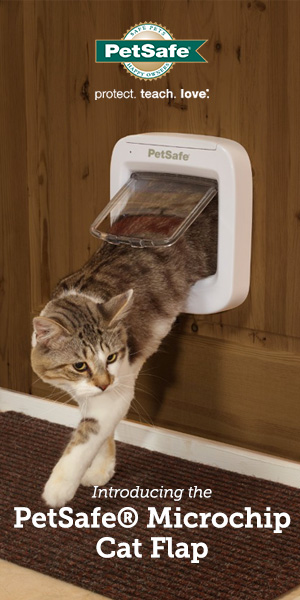After some time together, every tutor is able to identify the meows and behaviors of his pet. But the doubts about what these little furry ones really mean still hang in the air.
The signs of communication can be divided into four specific categories. They are attitudes, grimaces and vocalizations that explain a little about the language of cats and how these animals “talk” to each other and to humans.
How cats communicate in a tactile way
This type of communication occurs between members of the same social group. Therefore, it is very useful so that tutors can understand the behavior of cats.
- Cat lickings
Called by allogrooming experts, the habit of some cats of licking each other is very positive. The act is common in post-conflict situations, such as a reconciliation. Other pets do this to start a joke.
- Rubbing habit
Although not always mutual, cats’ characteristics include the fact that they rub up against a friend, something super common in the feline universe. The allorubbing mania is also practiced by the pet with his tutor.
But be very careful! Some tutors confuse the act as an order for food and snacks, giving openness to bad eating habits. However, most of the time it is only a demonstration of affection.

Olfactory signs are part of feline communication.
This form of communication is quite complex. That’s because these animals have different olfactory perceptions than we humans have.
In any case, this biological resource works as a sign of distance between cats. The olfactory signaling is also very important in the sexual behavior of animals.
Check out some examples of how cats use olfactory signaling:
- Rubbing: Cats deposit odor signals on objects, other animals and humans in their environment;
- Scratching: even if it looks like a visual sign, the act of scratching deposits odor signals on the animal’s paw,
- Marking territory: the deposition of faeces and urine can be used to mark strategic locations on feline territory.
The posture says a lot about how cats communicate
A responsible tutor should always keep an eye on his feline’s visual signage. If the cat is crying, or with a body posture can give the first impression of the emotional state of the pet because it shows levels of fear and aggression.
Another interesting point is that emotions are reflected by the facial expression of these animals. We separate some examples of body posture that cats use in communication.
- Arched back
That behavior is one of the most recognized bluffing postures of cats. It’s widely used to give an impression of greater stature in a more hostile encounter.
The defensive posture also indicates an anticipation of confrontation. Most of the time, it is accompanied by a raised tail, which increases the general appearance in body size.
- Squatting
When a threat arises and bluffing options decrease, the feline adopts the squatting position. The posture is associated with body weight being shifted to the animal’s paws, ready for a quick withdrawal.
- Rolling
To attract the attention of his colleagues of the same species or his tutor, the kitten can use the rolling technique. The pet stays in lateral position as a way to ask for affection or play.
However, there are some exceptions. The rolling is also performed by the females in heat to spread the body odor and attract the males.
- Ears positions
Feline behavior can be easily understood through the ears. When they are upright and facing forward, the animal is in a state of attention. When it gets scared, the pet leaves them down.
Reliable and aggressive situations are characterized by raised ears facing back. At times when he is afraid and aggressive, they are also left behind, but this time they are lowered.
- Tail appearance
In addition to serving for body balance, the tail signals attitudes and impressions of the pet. The way the tail moves, for example, transmits information about the level of emotional excitement of the pet.
The role of vocalization in cat communication
As we have said, most of the communication signals we present serve to increase or maintain the distance between the cats. However, the vocalizations include other objectives, ranging from a greeting as mating phases.
Signs like purring or vibrations are done with the mouth closed. Meanwhile, a cat mewing a lot is performed with the mouth open, gradually closing.
Signs like grumbling, howling, snarling, blowing and cries of pain are called forced intensity. They are reproduced while the mouth is kept open, in a fixed position.
It is worth mentioning that vocal communication is widely used in cat and human interactions. Many tutors report unique noises made by the kittens they have at home. Does your pet also have its own language?








